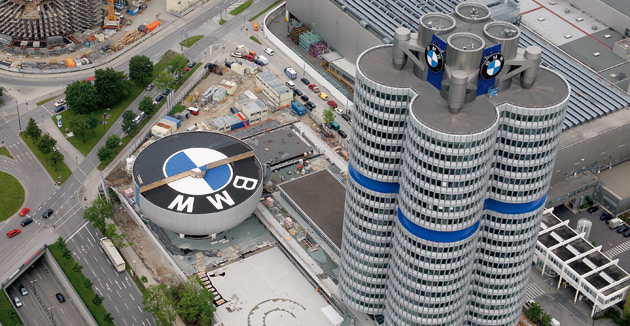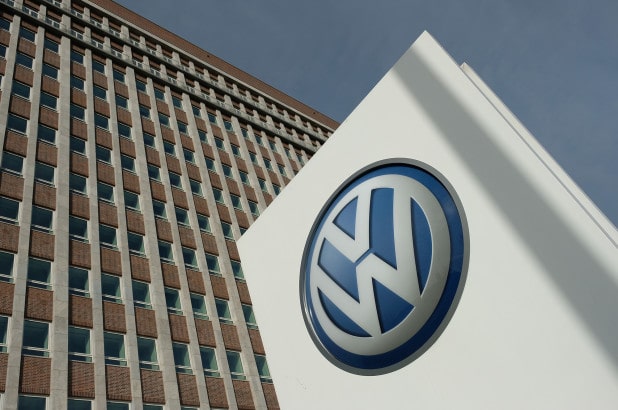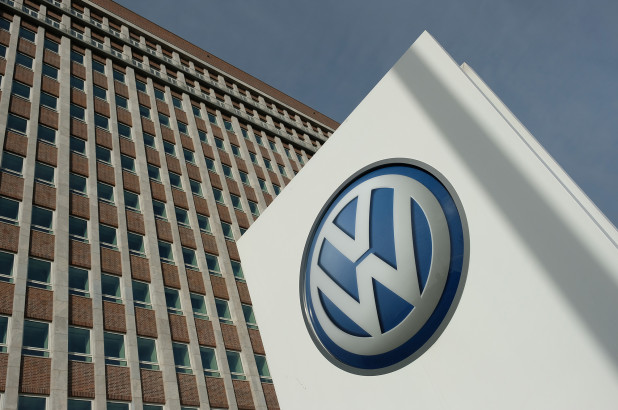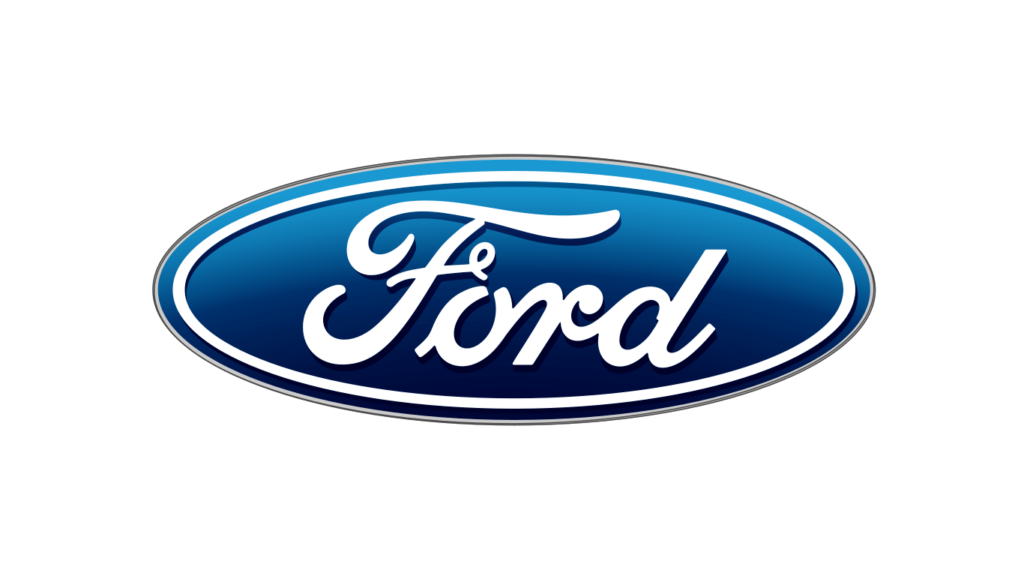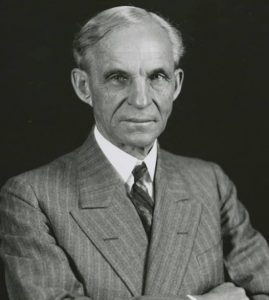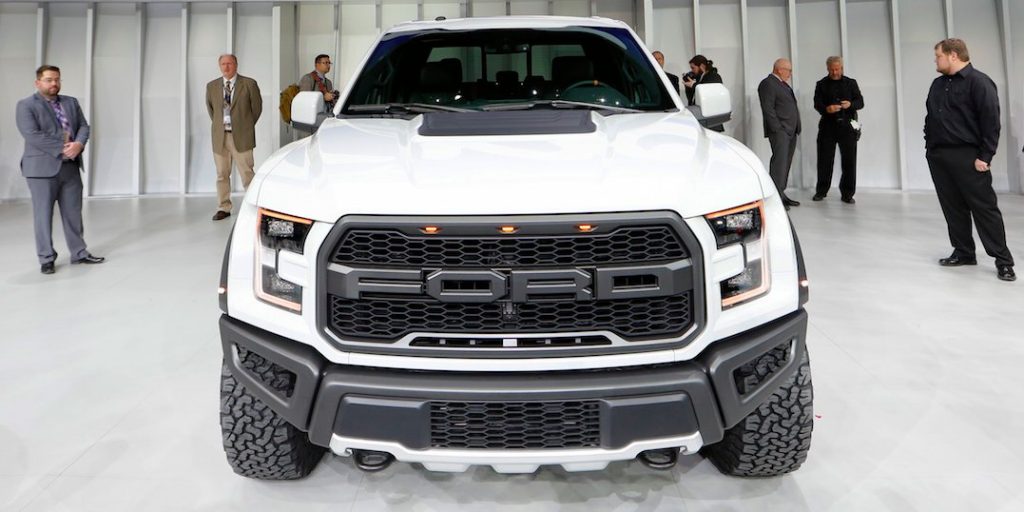Rolls-Royce : Success Story Of A Motor Car Brand That Over a Century Old
Rolls-Royce, a renowned motor car company, established in 1904, has been through many phases of accomplishments both alone and in a joint venture with other superior automobile companies around the world.
The two masterminds behind this colossal empire, Henry Royce and Charles Rolls met each other in May 1994, after Royce built his first motor car. With the partnership of a majestic car designer and an aviation pioneer, the company started producing the best cars world has ever witnessed.
Henry Royce
Sir Frederick Henry Royce was born in Alwalton, Huntingdonshire on 27 March 1863. He was an engineer and a car designer by occupation. Since his father died, when he was very young, there was always a financial crisis in the family. But luckily, Royce along with Ernest Claremont started a business of electric fittings, in 1884 with some of their savings. And, by the next decade, the company started building dynamos and electric cranes, when the idea of motor car company struck Royce’s mind. He was so fixated on the idea that he built his own motor car in 1904, which eventually, led to the meeting between him and Rolls.
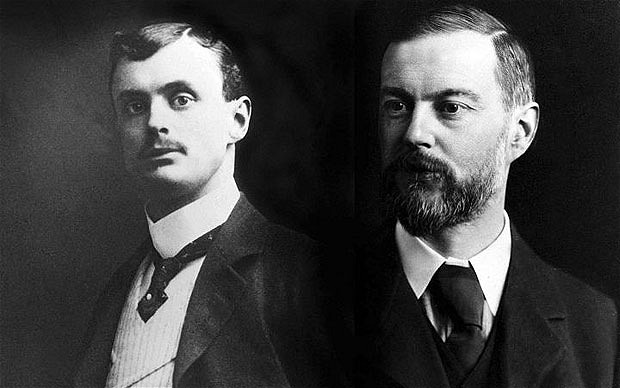
Charles Rolls
Charles Stewart Rolls was born in Berkeley Square, London on 27 August 1877. He was a motor car promoter and an aviator by occupation. Since a very young age, Charles was interested in developing engines, so he studied mechanical and applied science from Trinity College. Apart from engineering, he had the skills of a true businessman. In January 1903, he established one of Britain’s first car dealership, his father being the capital investor. Engaging himself into the business world resulted at the beginning of an era when he co-founded Rolls-Royce.
History of Rolls-Royce
The beginning of the tale dates back to 4th May 1904, when these two men met at the Midland Hotel, Manchester, through Henry Edmunds, a friend of Charles Rolls. In 23rd December 1904, both of them settled to an agreement and decided the trading name of their company, i.e. Rolls-Royce. In the same month, the first car of Rolls-Royce, Rolls-Royce 10 hp, was launched at the Paris Salon. In March 1906, Rolls-Royce Limited was formed with Royce as the chief engineer and works director, while Rolls managed the financial section of the business. In the same year, the six-cylinder Silver Ghost was released, which then, gained immense popularity and was known as ‘the best car in the world’. By 1907, the company started receiving awards for the exquisite design engineering that increased the reliability of the cars. The partnership ended with the death of Rolls in 1910.
In the year 1914, in response to the First World War, Royce started designing aero engines. And the first aero engine- Eagle. It was the first engine that motorized the first flight from England to Australia. In October 1928, Royce started designing the ‘R’ engine, and within a span of one year, the ‘R’ engine set a new record of airspeed (357.7 miles per hour). This led to the winning of Schneider Trophy in 1929. In 1931, the ‘R’ engine established a new world record of speed 400 miles per hour. In 1933, Royce launched PV-12, and the first test of this engine was completed in 1934, one year after Royce died. And this engine was known as the Rolls-Royce Merlin engine.
During the Second World War, the company got transformed into a huge aeronautical tycoon, because of the rising demand for the Merlin. In the year 1944, under the supervision of Sir Frank Whittle, the development of the aero gas turbine began. It had a good technological lead. In 1953, the company entered the civil aviation market with the Dart in the Vickers Viscount. This was a strategy to finally gain the acceptance for gas turbines by the aeronautical industry.
In 1960, the company launched RB211 (three shafts high-bypass turbofan engine). By 1961, many small companies came under the acquisition of Rolls-Royce, and in 1966, the company merged with Bristol Siddeley. By 1987, it became the only company in Britain to power engines in air, land, and even, in the sea. In 1990, the company formed a joint venture with BMW of Germany.
In 1995, acquisition of Allison Engine Company in Indianapolis led to many successful defence programs. By the end of the 1990s, the company globally dominated the marine power systems, and by the end of an entire century, BMW took the responsibility of the Rolls-Royce cars.
In 2005, the company opened its 6,000 square meter Marine facility in Shanghai. In 2006, the Rolls-Royce Trent 1000 ran for the first time. Many more engines were developed in the next few years, which served airways all over the world. In May 2011, the company received a contract for building nuclear-powered submarines by the UK government.
Currently, Rolls-Royce Motor Cars (BMW Subsidiary) has its headquarters in Goodwood, West Sussex with more than 1300 employees beating its own sales record every year. The other sections of this gigantic industry are also carrying out projects with their magnificent technologies to create a better tomorrow.

Annasha Dey is an NIT student, who apart from studying engineering is also a content writer. She has a great interest in photography, writing, reading novels, and travelling as well. She is a foodie who loves socializing and hanging out with her friends. She is also a trained Kathak dancer and a big fashion enthusiast. Dey also loves watching TV series, which includes F.R.I.E.N.D.S. and Big Bang Theory. To be a better writer she prefers to read more

